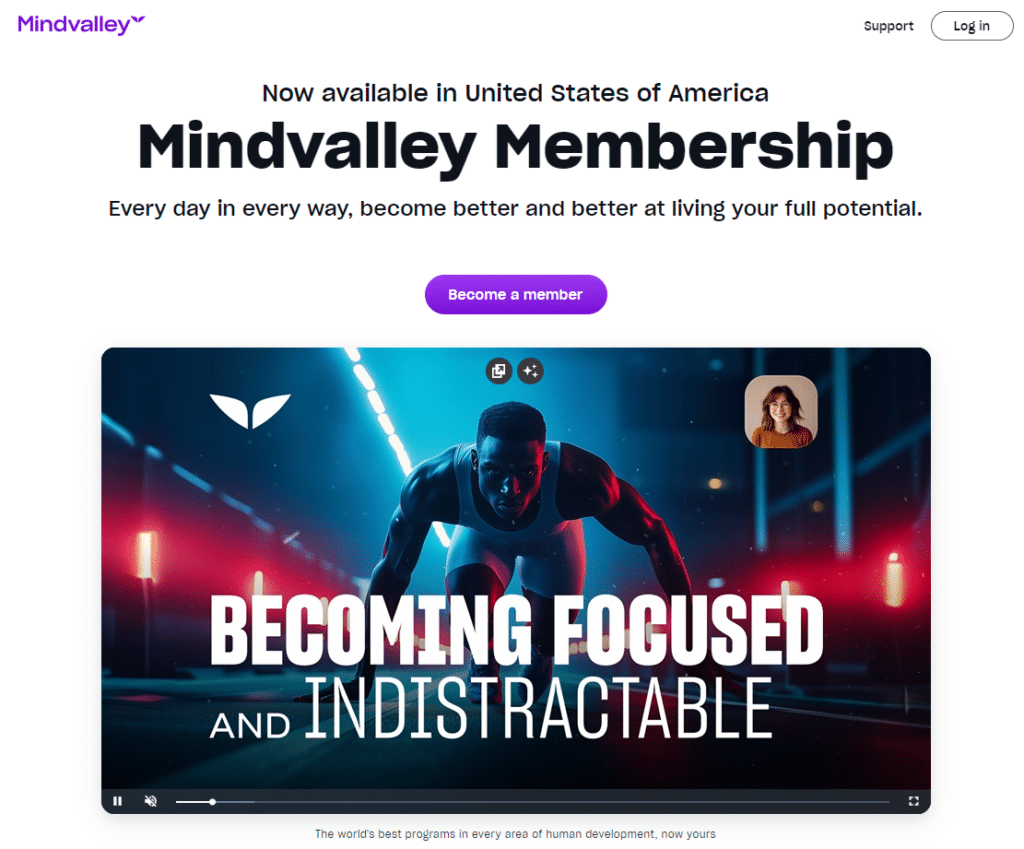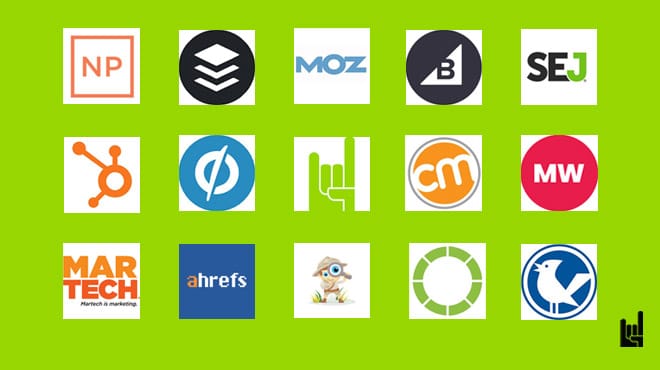The boom of apps focused on improving people’s well-being, fitness routines, mindfulness, and mental health has never been more evident. While these applications can be helpful, their creators face an uncomfortable dilemma.
How do developers make money off these apps without disrupting the user experience?
Such apps, in general, are more sensitive, requiring a great deal of attention to users’ data. Besides that, users likely won’t respond as well to the most common monetization strategies.
So, how do you monetize a wellness app and nurture your clients? This article dives deeper into the options and lets you decide on the most suitable one.
The Challenge of Monetizing Wellness Apps
Monetizing many common apps can require a simplistic approach. For example, mobile game players have grown accustomed to ads and in-app purchases. Thus, they are something users already expect, meaning they won’t find them incredibly inconvenient.
With wellness apps, the situation is different, as users have varying expectations.
Here are some of the most significant considerations:
- Trust and goodwill: Wellness apps are commonly associated with trust and goodwill. Exposing users looking to improve their mental or physical health to ads or costly subscriptions can seem unethical or exploitative.
- Sensitive information: Such apps commonly deal with sensitive information, so applying robust data protection and minimal data collection is crucial. Offering personalized ads can also seem intrusive and in bad faith.
- Proving value: Proving an app’s usefulness and value can be difficult if it offers subscriptions or free trial periods. Recovering physical or mental health takes time, and a month won’t be enough to see substantial results. Thus, users might see no point in continuing to use the app.
- Security and privacy requirements: Different wellness apps might be subjected to various security and privacy requirements. It’s crucial to follow these guidelines and prove your compliance to users. Only then can they feel comfortable using the app.
6 Wellness App Monetization Strategies
Monetizing wellness apps closely resembles SaaS monetization, as both rely on subscription models, tiered pricing, and freemium offerings to attract and retain users. Just like SaaS platforms, wellness apps often provide ongoing value through continuous updates, premium content, and personalized features.
Here are some of the available options that can help sustain your business.
1. Freemium Model
| Pros | Cons |
|---|---|
| Easier to attract a high number of users. | Getting users to convert to premium might take time. |
| Users get to try the application before spending money. | The balance between free and premium requires careful consideration. |
| Upgrading to premium comes naturally after users realize the added value. | Casual users might not feel motivated to upgrade. |
| A strong marketing angle for ads and other promotions. |
Giving users limited access to the application for free can work. Clients can use basic features and likely have some daily or weekly limitations.
For instance, physical health applications that allow people to build their workout regimes can offer limited exercise options. If you wish to access more, tiered subscriptions are available.
2. Subscriptions
| Pros | Cons |
|---|---|
| The option to establish long-term relationships with clients. | Requires regular improvements and upgrades to continue proving subscription value. |
| Before canceling, customer support could offer special perks for staying. | Long-term commitments require that apps continue working as intended (maintenance such as updates and responding to users’ feedback). |
| App companies can predict their revenue more clearly. | Subscription prices need to be reassessed to match the market. |
| It can be paired with other monetization strategies like ads for the free version. | The rate of cancellations showcases that people tend to cancel subscriptions within six months. |
Sometimes, apps don’t offer free versions and instead focus on motivating users to subscribe. Yet, asking people to commit to an application blindly is not always practical (especially for little-known apps).

Thus, it’s best to offer 7-day or 30-day money-back guarantees. Such options give people time to test out the application.
Of course, users won’t necessarily see the application’s effect in such a short time. However, people can determine whether they feel comfortable using the app, from the approach to data to various UX decisions. Hence, leaving a good impression is necessary for any app that provides trials.
3. Paying for Additional Features
| Pros | Cons |
|---|---|
| This option can attract people who need only one feature and don’t want to commit to subscriptions. | It might be difficult to estimate revenue. |
| Flexible pricing attracts more users, and they can upgrade gradually (or not at all). | You must constantly find ways to attract more users or convince current ones to buy new features. |
| It does not involve recurring payments (one-time payments). | App maintenance and revenue might be challenging to match. |
| Since users have already paid for the feature, they can continue using it longer. |
A wellness application can focus on various aspects of wellness. For example, it could track weight goals, help build a balanced diet, and record exercises. Developers can let users download the app for free and use a single feature (like tracking weight goals).
They can pay for additional features to access more advanced options.
4. Sharing Internet Bandwidth
| Pros | Cons |
|---|---|
| Specific options are highly helpful in preserving user experience. | People might be unfamiliar with less well-known monetization strategies. |
| Users don’t need to pay; they can use other assets instead. | You must provide enough information for clients to feel more comfortable. |
| It might not be the primary monetization strategy and only supplement others. |
Various SDKs (Software Development Kits) make it easy to introduce features into apps. They also assist in more modern app monetization, focusing on preserving user experience.
One such option allows users to access premium features by sharing unused internet bandwidth. It can be an excellent option if people wish to continue using the app but don’t want to sign up for subscriptions.
5. Affiliate Marketing
| Pros | Cons |
|---|---|
| It does not need to be the primary monetization approach and can supplement others. | Users might feel reluctant to use affiliate links. |
| If customized to your targeted audience, it can bring a lot of value. | The promotions might feel too commercial and brew distrust. |
| The revenue grows the more users you have. | Some app stores do not allow affiliate marketing within the app. |
Wellness apps can partner with companies to enrich the user experience and generate revenue. For example, developers can promote various wellness gurus and share their insights with clients.
6. Donations
| Pros | Cons |
|---|---|
| It lets you connect to your audience on a deeper level. | Not all users choose to donate, leading to unpredictable income. |
| It does not affect user experience, as people can choose to donate. | It likely won’t work as a long-term solution for revenue. |
| It can supplement other monetization strategies. | It’s crucial to be transparent about where donations go. |
| It builds a sense of community and loyalty. |
Apps can also accept donations from their clients. Although most users may not choose to donate, donations can be part of your monetization plan but likely not as the primary revenue strategy.
Putting Balance in Monetization
As a general rule of thumb, developers of wellness apps should note the following recommendations:
- Be transparent about pricing and monetization.
- If you include ads, ensure they are integrated well and do not disrupt user experience.
- Free trials allow users to test your application.
- Be ready to address users’ concerns and grow based on their feedback.
- Don’t overcomplicate the cancellation process—make it simple.
- For any app monetization strategy chosen, provide users with enough information on its security and reliability.
Examples of Wellness App Monetization
MindValley: Provides free introductory content, with a premium subscription unlocking full access to courses, masterclasses, and guided programs.
Headspace: Offers a 14-day trial, followed by an annual or monthly subscription.
MyFitnessPal: Allows users to track calories and exercise for free, with additional features available via premium.
BetterHelp: Connects users with therapists, using an engagement-based model where payments depend on usage and location.
Conclusion
Monetizing wellness apps means balancing user comfort while ensuring financial sustainability.
By analyzing the market and prioritizing transparency, you can implement an effective and ethical monetization strategy.
Was this article useful?

I write for GrowthRocks, one of the top growth hacking agencies. For some mysterious reason, I write on the internet yet I’m not a vegan, I don’t do yoga and I don’t drink smoothies.



